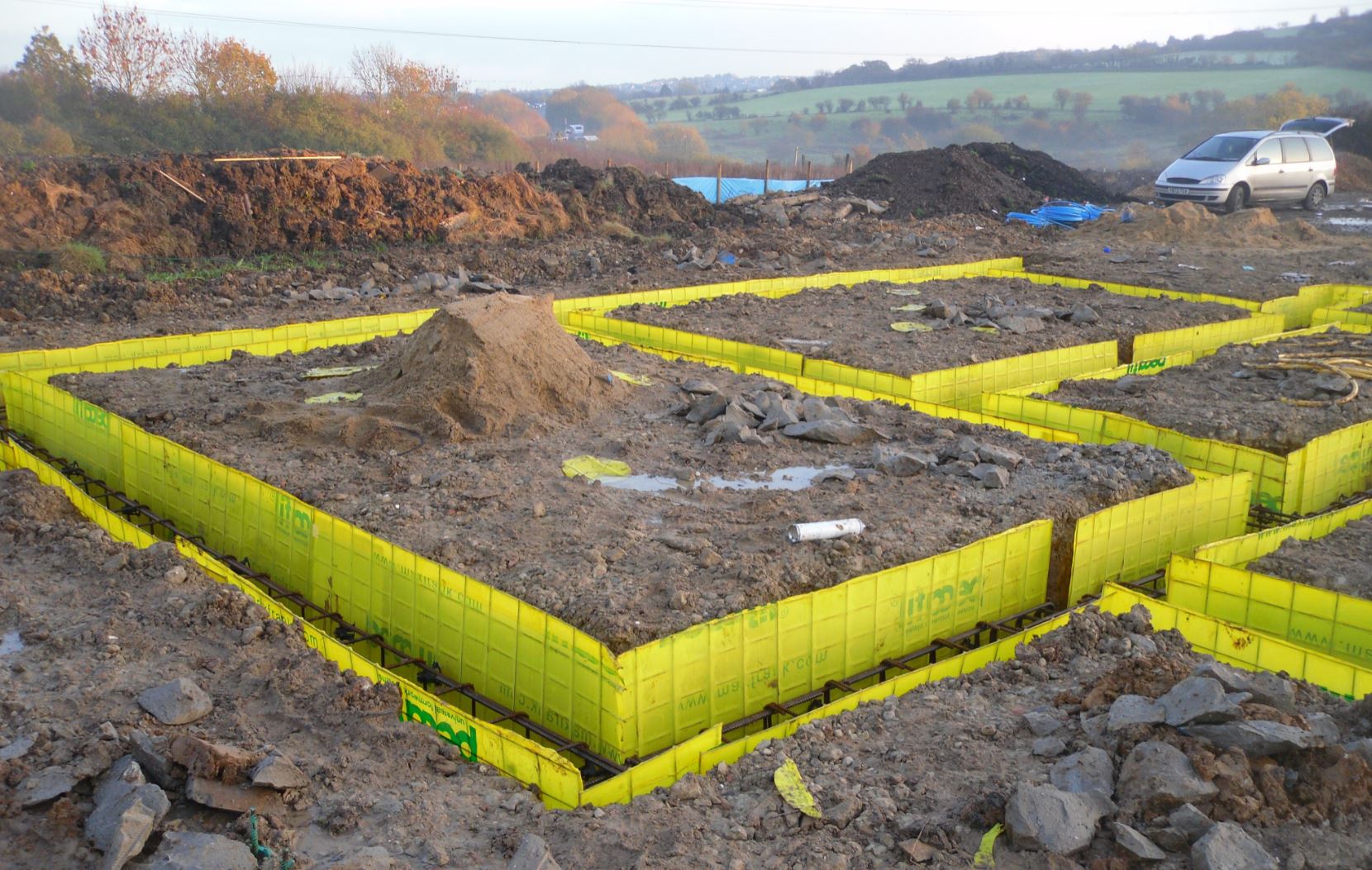
13 May What Is Piling and What Can It Do for Your Home?
If you hear about piles in the context of construction, you may think about major structures, such as bridges. While piling is certainly crucial in such projects, it can also be used for your home.
What Is Piling?
Piling is a way of securing the foundations of a building that rests on weak soil or other material, such as sand or silt. Building on this kind of material risks the structure shifting or collapsing due to subsidence, which makes piling especially valuable for a construction whose foundations are in the bed of the sea or a river.
The idea is that piles of concrete or grout are either driven or bored down through the weak soil down to a stronger level, sometimes the bedrock. This enables the weight of the building to be transferred down, by way of the piles, to a depth where it can be supported. Piles can be inserted in one of two ways:
- Bored/drilled — This is where a hole is drilled down to the stronger level. The drilled flight supports the sides of the bore while the concrete or grout is poured in and can be removed once the pile is solid.
- Driven — This is where the pile is driven directly into the ground, removing the need to support the hole while the pile is being formed.
What Can Piling Do for Your Home?
If your home has suffered subsidence, whether from saturated soil, excavations beneath it or any other cause, the foundations may need to be strengthened to prevent the building collapsing. This is known as underpinning, and the traditional method involves laboriously excavating the foundations section by section and laying extra concrete.
Increasingly, however, piling is taking the place of mass concrete underpinning. It has the advantage of being quicker and less disruptive, since there’s no need to dig under the house. Combined with relatively small and compact machinery that can work in confined spaces, piling can be the ideal solution.
Which Type of Piling Suits Your Home Best?
This depends entirely on the nature of the ground and the conditions in which the job needs to be done. In general, boring has the advantage of creating less vibration, but it isn’t usually suitable if the ground is too saturated. Driving, on the other hand, works for any kind of soil, and the machinery is fairly small and convenient to fit inside.
The best way to determine the ideal type of piling for your needs is to consult a specialist piling company. You can get in touch with us if you want to discuss what you require.
Read more on piling services or learn about piling techniques.




